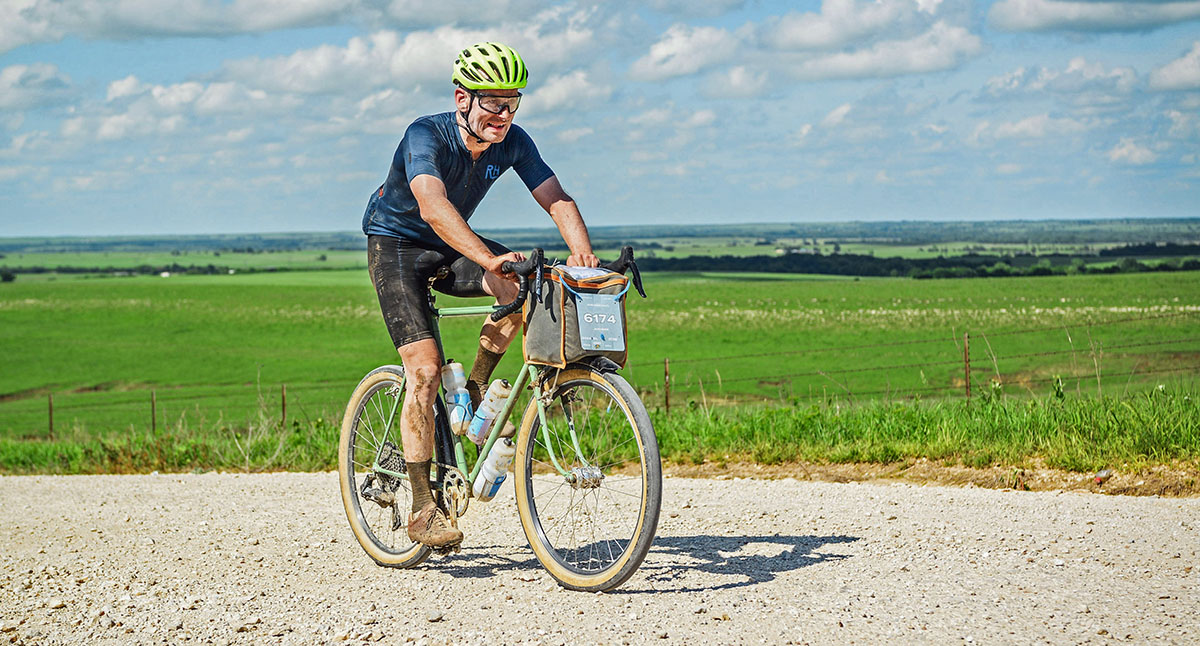Product Development: Racing vs Touring
A few weeks ago, we talked about our love of cyclotouring, and I alluded to the fact that the bike industry’s focus on racing has neglected R&D in some important areas. Let’s look at what that means in practice.

With the Tour de France happening right now, there’s a lot of focus on the bikes of the pros. It’s fun to see the latest developments. I’m especially fascinated by the time trial machines. They really are amazing pieces of technology.
There is no doubt that racing has improved the bicycles we all ride. Racing frames have always been leading the way in light weight and power transfer. Faster, more reliable shifts benefit everybody. Clipless pedals have revolutionized not just racing, but also touring. And if you want to create the fastest and toughest all-road and gravel tires, you really need to work with pro racers: Nobody else pushes their tires as hard as these riders.
In other words, racing is really good for developing parts that make bike and rider go faster—as one would expect. However, that focus on speed—and the relatively short duration of today’s races—also means that some aspects of bike design can be neglected. They just don’t matter in a pro race.
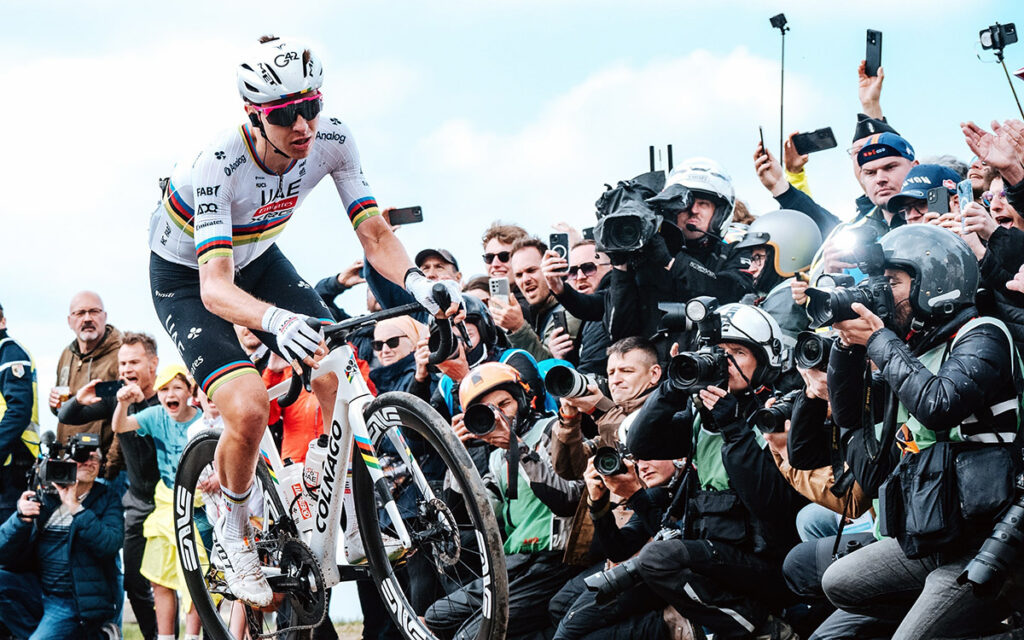
When racers pedal with 300, 400, 500 watts or more, their bodies are pushed upward. Their bottoms barely touch the saddles, and their hands rest very lightly on the handlebars. Their most important contact point are the pedals. That’s why you won’t see many racers with spd pedals: The cleats are too small to transmit that kind of power without risking hot spots and foot pain.
On the other hand, saddles and handlebar shapes don’t matter as much for pro racers. The saddle mostly serves to stabilize the racer on the bike—it doesn’t really have to support their weight. And the bars are mostly for guiding the bike, much less for resting their hands on.

That’s entirely different from cyclotouring. Our power outputs are much lower, and we spend much more time on the bike. Even the most epic Tour de France stage takes only 5 hours. Even in Milan-San Remo, the longest single-day classic, the racers spend less than 6.5 hours on their bikes. For most cyclotourists, that would be a short day…
When we ride longer distances at lower speeds, our bottoms and hands actually support a good portion of our weight. The shapes of our saddles and handlebars is essential for comfort, yet most bike companies, with an eye on pro racing, are mostly concerned about weight and aero when designing these components.
It always surprises me how much pro racers suffer when they enter bikepacking events that go over much longer distances than they are used to. When Ted King won the Arkansas High Country Race—a race that took almost 5 days—his hands were numb for almost a month afterward. As a former pro racer, he hadn’t given handlebar shapes much thought until then.
Back when cyclotouring was driving component design, handlebar shapes were given a lot of thought. Generally, ramps were longer to provide more room to roam. The ‘Randonneur’ shape was developed and refined to support the rider’s cupped hands without pressure points. That’s how we can ride the 750-mile (1200 km) Paris-Brest-Paris (above) without hand pain or numbness. In fact, there’s not even a need to wear gloves.
The same applies to saddles. When we surveyed American riders in PBP, we found that 50% used traditional leather saddles—far more than ride steel frames. Many have equipped their modern carbon bikes with traditional leather saddles. These saddles were developed at a time when stages were long and roads were rough. They conform to their riders’ anatomy to eliminate pressure points. Because, unlike pro racers, we actually do sit on our saddles.
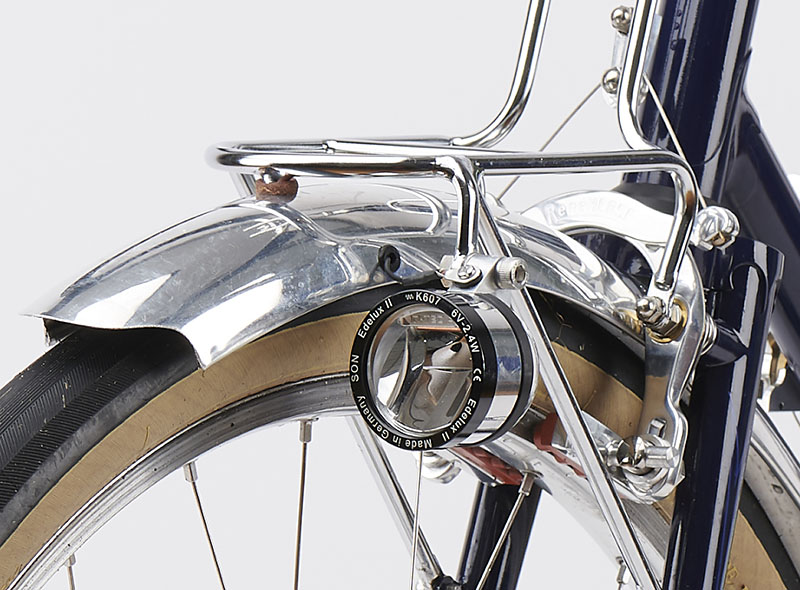
Pros don’t race in the dark. Most bicycle lights are developed for commuters—who are not the main focus of R&D at most bike companies. And yet a light with a good beam pattern makes a huge difference when descending twisty roads at night. (There’s a reason why those ‘layered’ beams are required for car headlights: Cars are designed to go fast even at night.)
It’s not just the light itself, but also the mount. I remember one bikepacking racer attempting an FKT on the Tour Divide route. Every photo showed their light tilted downward. When I asked them about it later, they told me: “Yes, that light mount always rotated around the bars. At night, I had to pull up my light every few minutes.” Talk about a distraction—when riding gravel roads at night requires 100% attention.
In fact, frustrations with light mounts were a big part of my first rides in Paris-Brest-Paris—until we designed a light mount that holds the light securely, yet allows adjusting the angle of the beam by hand, without tools. It’s integrated into the rack to save weight. Why use a rack? It allows for a lighter bag, since there’s no need for a structure that supports the bag’s weight. The whole setup is the result of 10,000s of miles of R&D, starting with mid-century bikes by René Herse and refined further in recent years. For those of us who ride Paris-Brest-Paris or Unbound XL, how well our lights illuminate the road surface is actually more important than how fast our derailleurs shift.
Both the light and the bag are things I appreciate not just during events against the clock, but also when I’m touring. The light comes in handy when I spend more time than planned visiting sights or talking to people and get caught in the dark—which happens more often than you’d think. (My first touring bike didn’t have lights, and I remember finishing many rides in pitch darkness.) And having a bag that’s easy to access has really changed the way I ride, whether it’s taking more photos or adding and subtracting layers for comfort without the need to dismount the bike.
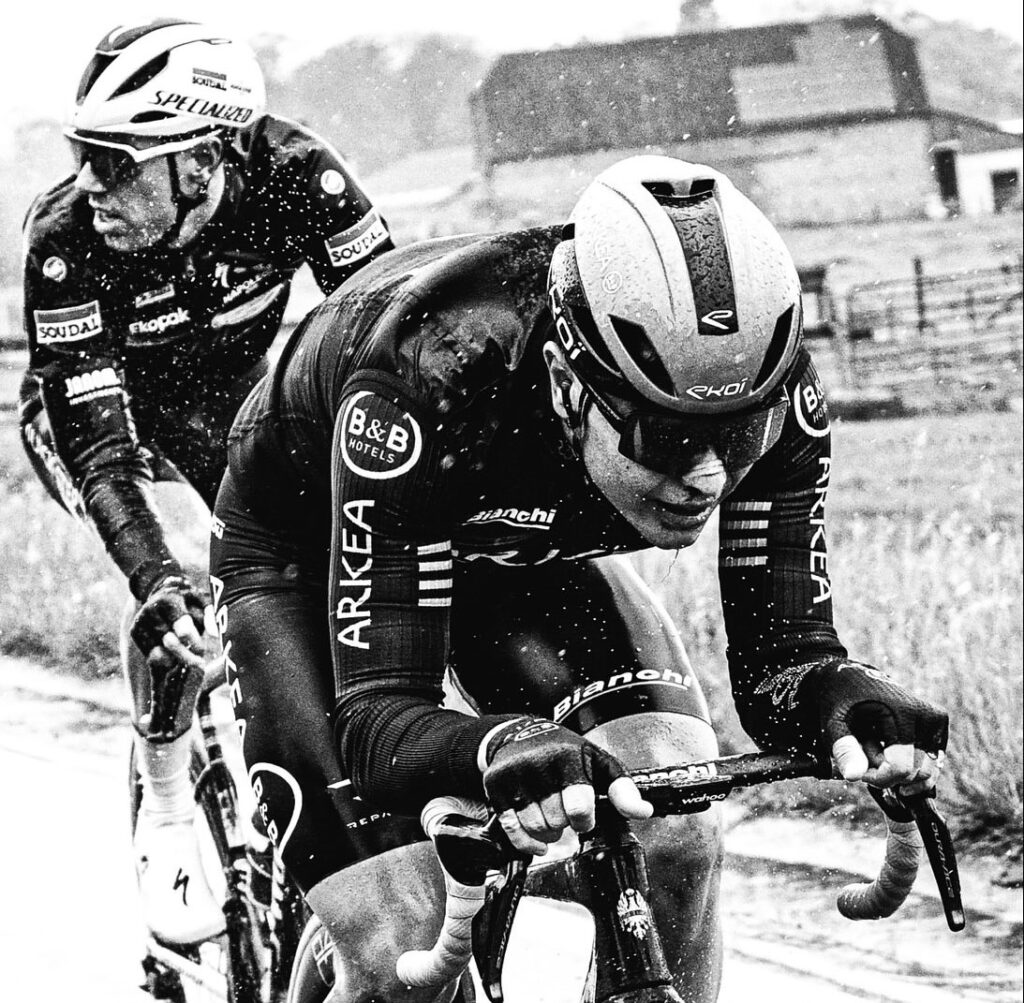
If it’s raining during a race, it’s not a big deal. Racers are working so hard that they won’t get cold, no matter how wet they get. And the race will be over (relatively) soon. Then they’ll get into a warm team bus before taking a shower at their hotel.
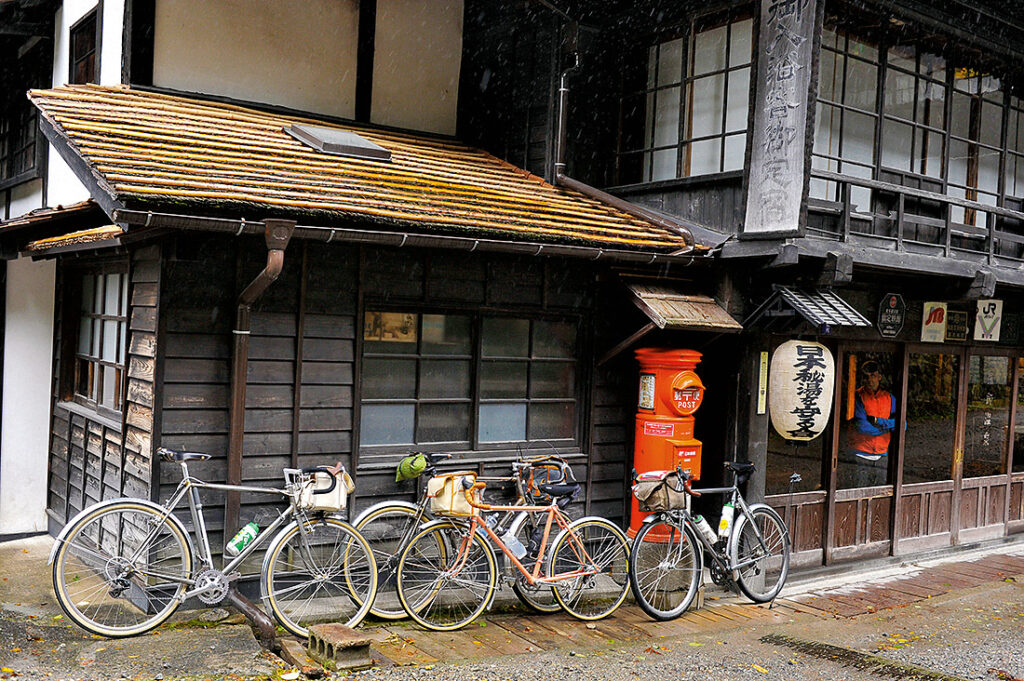
It’s a different matter on a tour. We are out all day. Not all rides end at wonderful Onsen hot springs. Sometimes, there isn’t even a shower.
Good fenders can make the difference between enjoying a rainy ride and merely enduring it—or worse. But fenders on most bikes are just an afterthought. They are heavy, they resonate and rattle, and they don’t even keep spray off feet and drivetrain. No wonder most riders do without them. Or they put them on for the winter and take them off as soon as the sun comes out in spring.
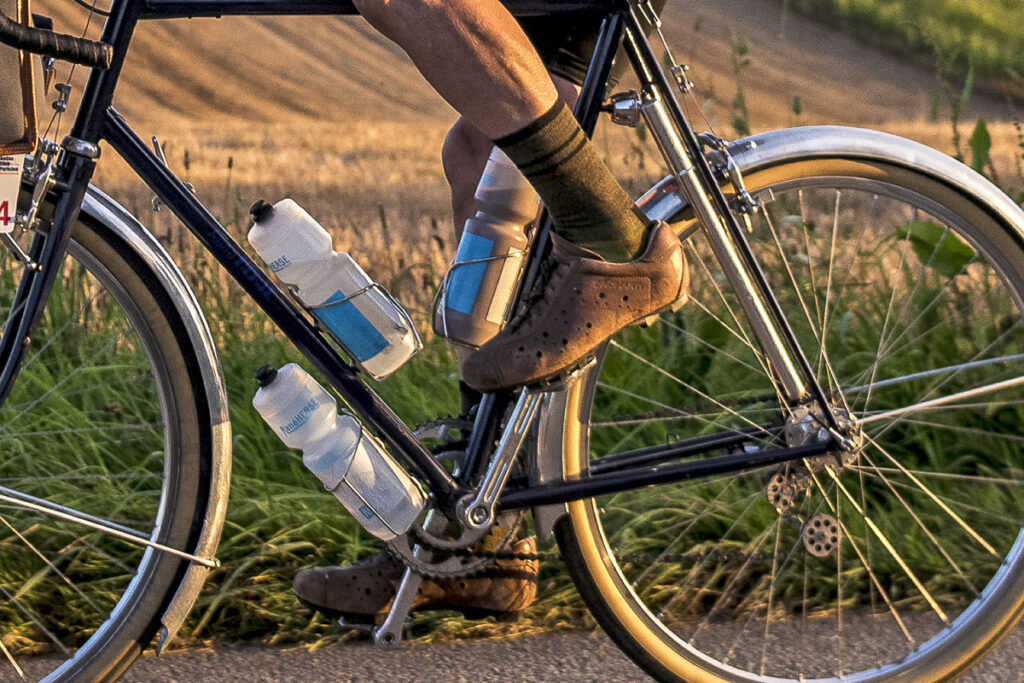
America’s biggest bike magazine once called us ‘fender snobs’ for spending so much effort on such unimportant parts. But when you’re on a tour, you can’t choose the weather you’ll get days or weeks down the road. If it rains, you’ll really appreciate fenders that are lightweight, elegant, reliable—while also keeping you and your drivetrain dry and clean. They integrate seamlessly into the bike, and even improve its aerodynamics. (Before racers reading this get excited—you can’t have them: The UCI outlaws fairings.) That’s why we’ve spent many hours perfecting fender coverage, attachment hardware, mudflaps—and even have developed tubular fender stays to shave a significant amount of weight.
There is no doubt that many positive developments have come out of racing. However, the focus on racing alone has also short-changed those of us who don’t put out 500 watts and don’t ride at 25 or 30 mph from start to finish.
For most of us, the R&D that comes out of racing just isn’t enough. Whether we’re heading out for a multi-day tour, an FKT attempt on a 500-mile bikepacking route, or ‘just’ a half-day spin with friends, we need bikes that are comfortable for hours on end, at moderate power outputs. We need bikes that can carry our stuff. We need bikes that we can ride even after the sun sets or if the roads are wet after a rain shower. And the parts required for that are just as important as the shifting performance of our derailleurs and the aerodynamics of our rims.
In fact, that’s why we started making bike parts in the first place—because we realized that the mainstream bike industry doesn’t really care about much beyond racing. When nobody showed any interest in making wide, supple tires, long-distance handlebars, and other components that we need for our rides and adventures, we just developed our own.
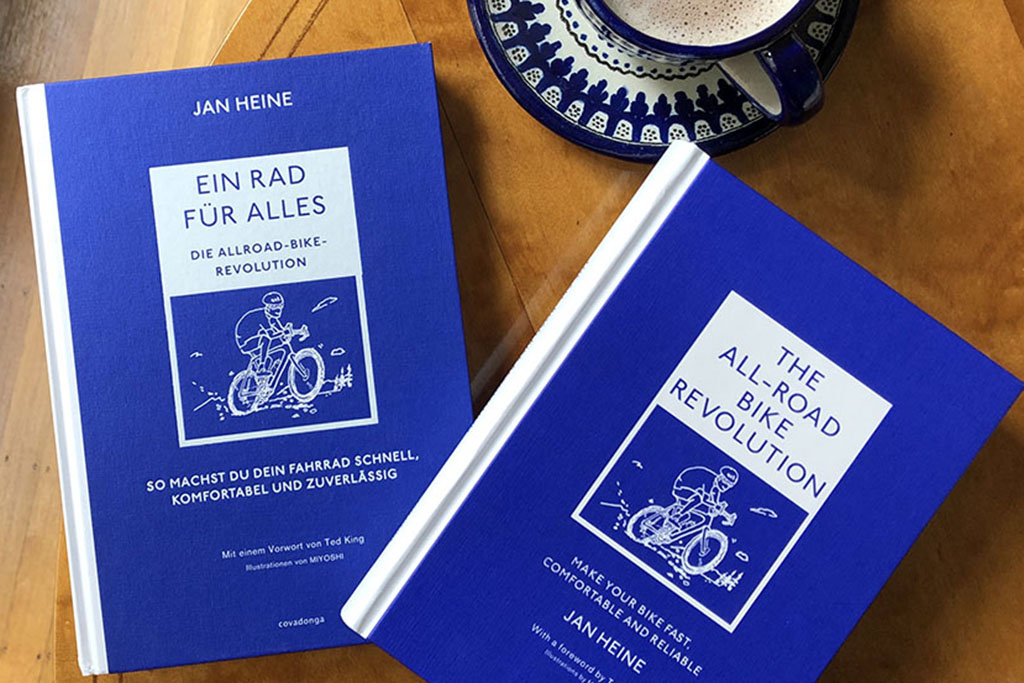
Further Reading:
- Our book The All-Road Bike Revolution details the research into how to make bikes fast, comfortable and reliable—not just for pro racers, but for all of us.
- Pain-free Paris-Brest-Paris: contact points and long-distance comfort.
Photo credits: Jered Gruber (pro racers), Nicolas Joly (Paris-Brest-Paris), Natsuko Hirose (bikes at Houshi Onsen), all used with permission.


